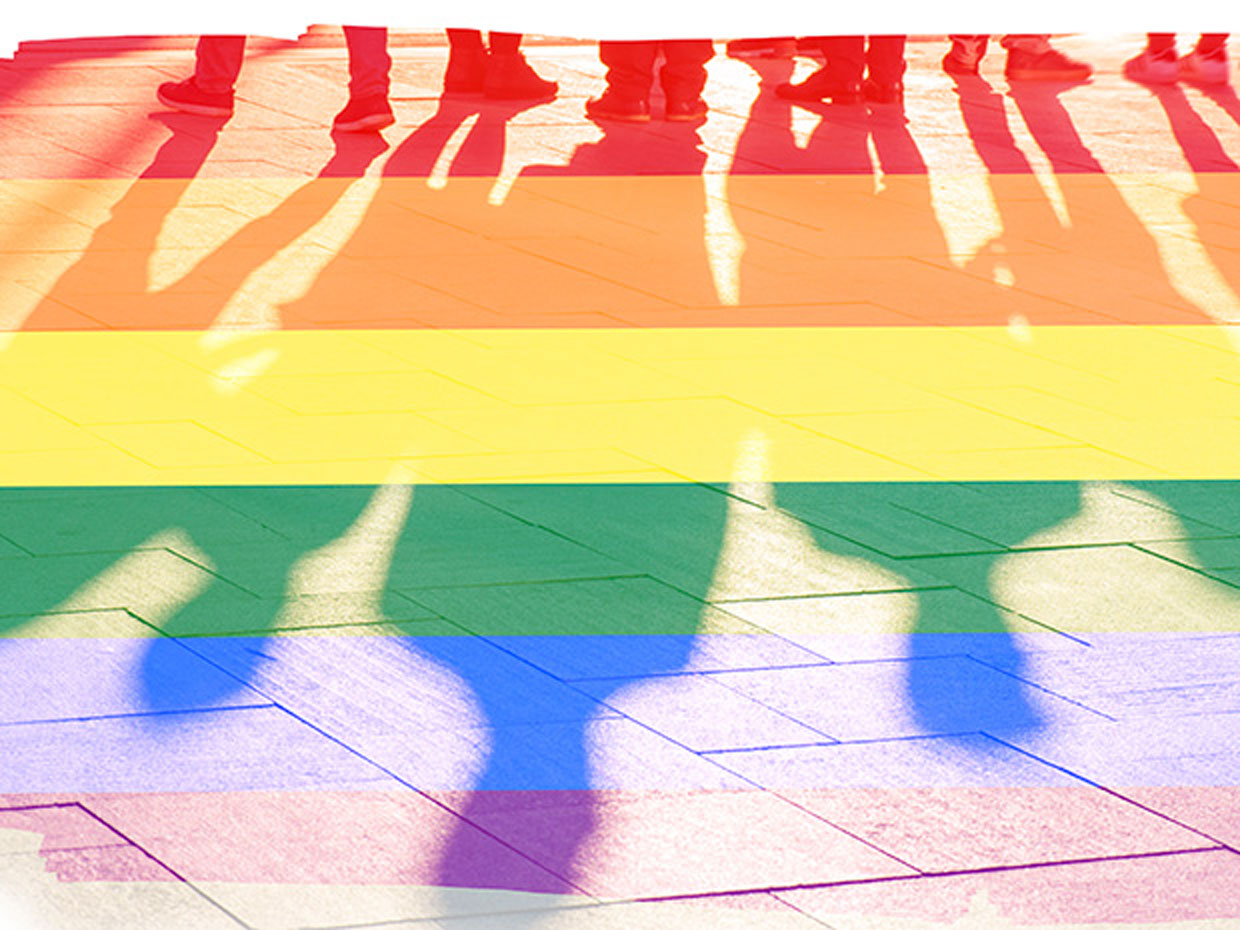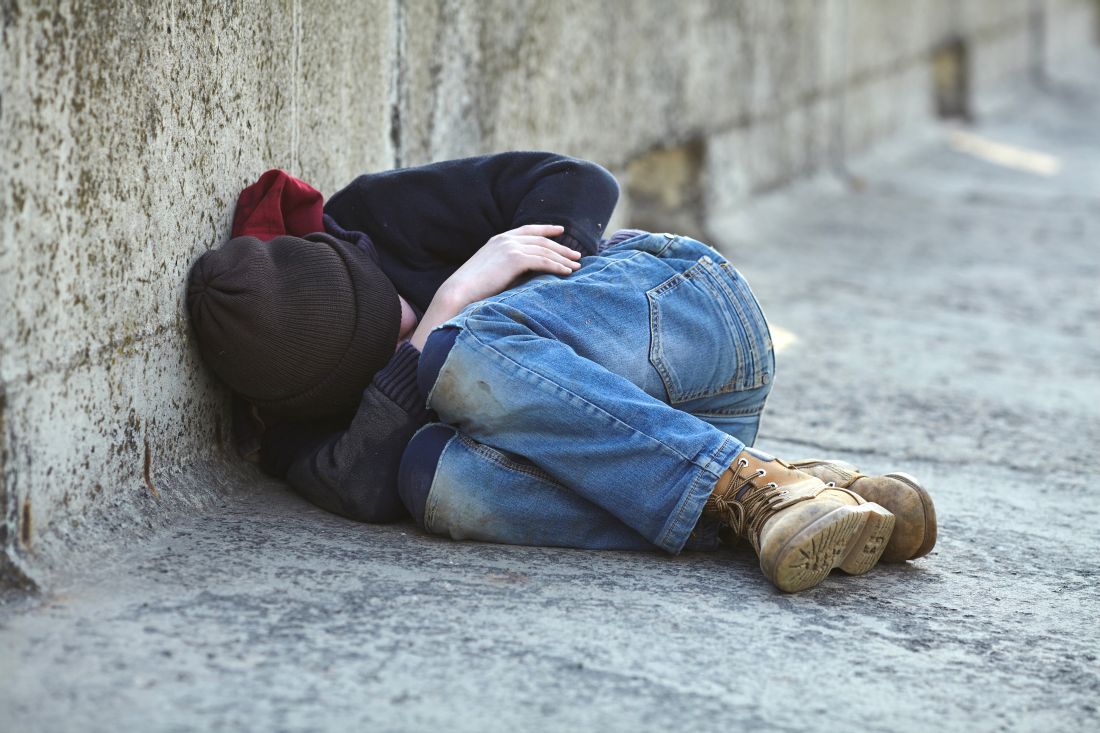
You are never alone!
One in 10 young adults ages 18-25 and one in 30 adolescents ages 13-17 experience some form of homelessness each year (without a parent or guardian by their side). That amounts to 4.2 million young people experiencing homelessness each year in the United States.
Before we dive into the reasons why young people experience homelessness, let’s talk about definitions. “Youth Homelessness” typically refers to people ages 12ish to 21ish who are without their families and without a permanent place to sleep. Why the “-ish”? Age ranges vary based on different federal definitions. (If you want to read the definitions for yourself, click here.)
Leaving Home
Why do so many young people leave their homes, even if it means becoming homeless? For many, home is unsafe and harmful. Youth are physically and sexually abused at high rates (40-60% and 20-40% respectively). Their parents may have addictions to alcohol and/or drugs.
In some cases, youth who experience homelessness were asked to leave home. These young people are sometimes called “throwaway youth,” a painful expression of what they may have experienced. This typically occurs when parents disapprove of their behaviors (e.g., school problems, alcohol/drug use, or pregnancy) or lifestyle (e.g., sexual orientation). About half the time, becoming homeless as a young person is not their first experience of being without a home. Roughly 47 percent of young people who are homeless were also part of families who experienced homelessness.
Youth is a time of major transitions in American culture – graduating from high school, moving toward independent living, higher education, and/or employment. For young people experiencing homelessness, they often have to make these transitions with little to no support
Solutions to Youth Homelessness
One in 30 people ages 13-17 experience homelessness each year in the United States. Perhaps you know someone who has been homeless, or maybe you’ve experienced it yourself. Learn how you can help homeless youth.
There are four (4) main ways the AVF looks to help

Characteristics of Homeless Youth
Here are some common characteristics of young people experiencing homelessness:
- Young people are homeless in urban and rural areas at the same rates.
- Black and Latino youth experience homelessness at higher rates than other young people.
- Roughly 40 percent of the total youth homeless population is LGBTQ. Compared to 7 percent of the general American youth population, LGBTQ youth are over-represented in the homeless population. They are 120 percent more likely to experience homelessness than their non-LGBTQ peers. And, more than one in four were thrown out of their homes.
- Between one-quarter and one-third have been in foster care.
- About half have been in juvenile detention, jail, or prison.
- The highest risk factor for homeless youth is the lack of a high school diploma or GED. Without this basic level of education, they are 4.5 times more likely to experience homelessness.

